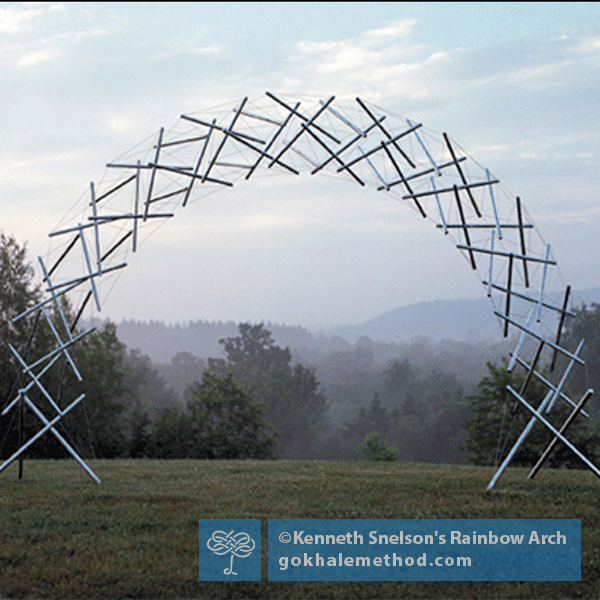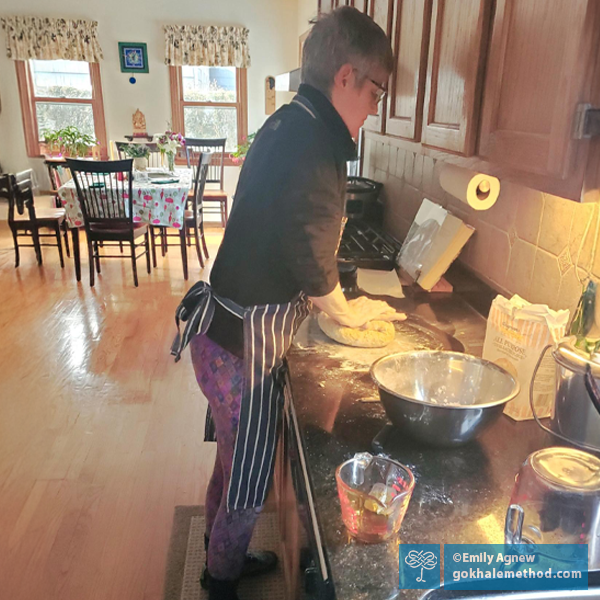In our culture a loss of up to 50% of the height of the discs as we age from our twenties to our fifties is considered normal. It follows that the herniations, nerve pain, and arthritic change that accompanies this chronic degeneration of our discs is also not seen as unusual. Pain and reduced ability to function is normalized.
The Year Is Yet Young, And So Are You! Emily Agnew’s continuing Success Story
My Gokhale Method® journey has unfolded in stages. I attended an in-person weekend Gokhale® Foundations course in 2016, seeking relief for a stiff neck. My neck had been a chronic problem during my long career as a professional oboe player, and it was now much worse after a freak fall down the stairs. As I began to incorporate the Gokhale principles into my daily life, my neck gradually improved.


